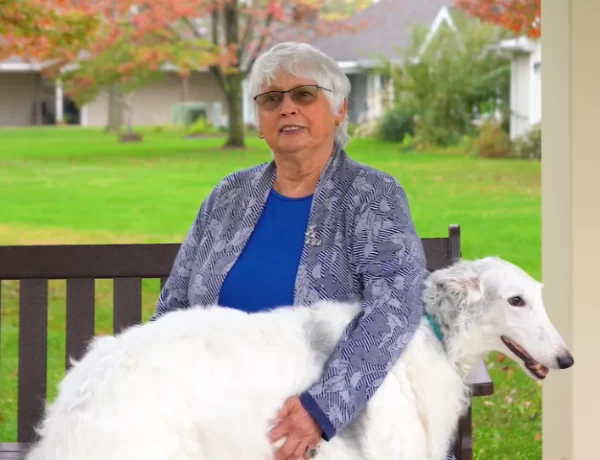So, you’ve decided that rearing cows is for you? Well, you’re in luck, because this guide will tell you everything you need to know, from the preliminary preparation, research you should conduct, including the cost to raise a cow, and the act of actually doing it. To raise cattle properly, you should have everything in place before you buy the animal to ensure they achieve the best possible quality of life while in your care.
Table of Contents
Preparation
The bulk of your preparation will come as a result of the type of cows you decide to raise. Rearing cows varies between breeds depending on their needs, behaviours and purpose. For example, dairy cows must be kept and raised differently from beef cows, as dairy cows require far more care and attention than beef cattle does. Furthermore, different breeds of cows grow into varying sizes, which must be accommodated in compliance with the Animal Welfare regulations in the UK. These laws state that reasonable steps must be made to ensure the needs of an animal are met, which includes the spacial requirements of cows. The general rule is that you should allow for a minimum of 6.5 sq m per cow.
Once you have identified the breed you want in line with the reasons why you want to raise cattle, you need to start thinking about housing. Cows can develop respiratory diseases as a result of poor weather conditions throughout the year, so it is not totally ethical to simply allow them to roam in a field. Adequate cattle buildings should be constructed to provide shelter for your cows.
Finally you need to think about the cost to raise a cow, and multiply it by the number of cows you want in your herd. It could cost you an average of £900 to keep a cow, yearly, so you should be certain your farm generates enough funds to maintain rearing cows for as long as you need.
Purchasing
When it comes to purchasing your cows, we recommend only buying from an existing farm or reputable market. There are several things to look out for when it comes to buying cows with regard to their behaviours and appearance that may dissuade your decision to buy the cows you see.
- Attitude
Cows should be curious, alert, and have a generally calm disposition. If you see none of these behaviours, it is likely that the cows you’re looking at aren’t in good health.
- Coat
A healthy cow will have a clean, glossy, and generally unmatted coat. If the hair of the cow you intend to purchase looks dull, dirty, and matted, then they have not been raised in good conditions and are likely to have underlying health problems.
- Eyes
A healthy cow’s eyes should be bright and clear. Cloudy and runny eyes indicate a health condition, usually conjunctivitis, so it is best to steer clear. Additionally, if there seems to be a more prominent presence of white in the eyes of the cow, the cow is likely stressed.
- Nose
Cow noses should be cool and moist, and the cow should frequently lick it. If you notice nasal discharge, coughing, wheezing, or irregular breathing patterns, it is likely that the cow has a respiratory condition.
- Weight
When judging a cow’s weight, the best way to determine whether they’re under or overweight is by noticing the appearance of the hips, but no noticeable ribs and spine. There should also be fat in the brisket and flanks, and a small amount in the udder and tail head.
- Udder
The placement of the front and hind ligaments indicate a healthy udder, which should be square-shaped and sit forward. The teats should be perfectly grouped under the udder and should not be variously sized or stick out irregularly. Analysing the udder is the best way to decide whether the cow would be good for producing milk or not.
Rearing cows
Once you have purchased the cows, you should ensure to feed them high quality foods such as hay, grass, grain, and silage. The type of food you feed your cows will depend on the type you purchase. For example, it is possible to accomplish rearing cows intended for beef on silage and grain for fattening purposes alone, but dairy cattle should be raised on a diet of grass and hay.
If you intend to raise cattle, you should have adequate healthcare in place. Sick cows don’t gain weight and they certainly don’t produce good milk. Vaccinations, de-worming, and de-licing are essential to prevent spread of infections and health conditions. You should keep extensive records of each of these things, as well as breeding, calving and financial records. If you raise cattle and choose to sell them, these records will be essential to selling them for what they’re worth.
Finally, with rearing cows comes the responsibility of dealing with deadstock. You will need to research your local livestock disposal laws in order to do this properly and not rack up a fine.
Also Read: The Benefits of Being Around Animals


No Comments